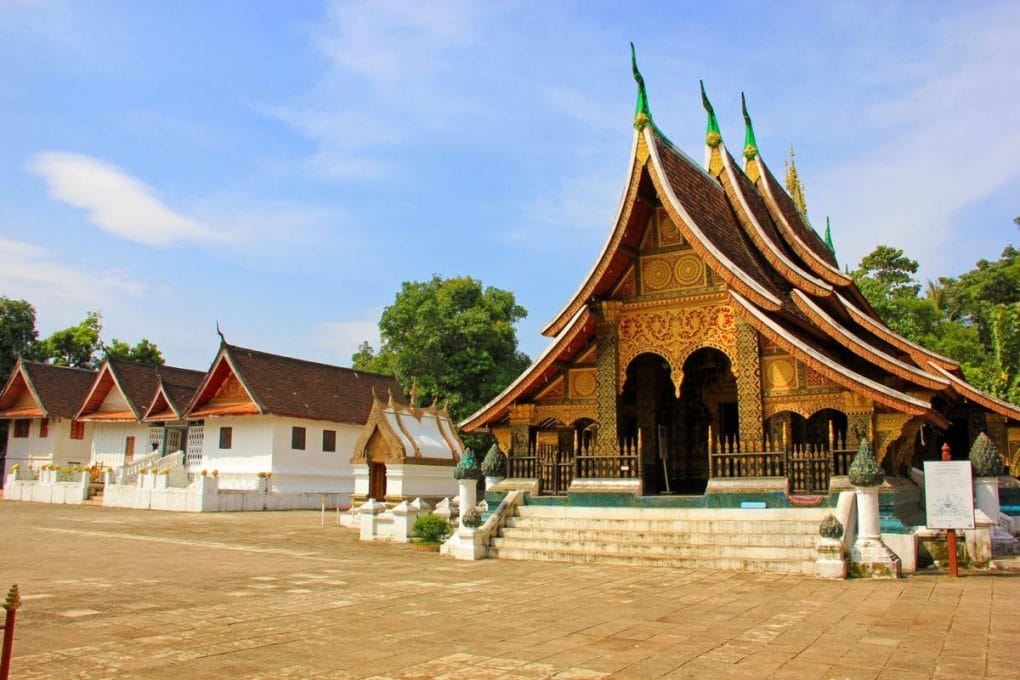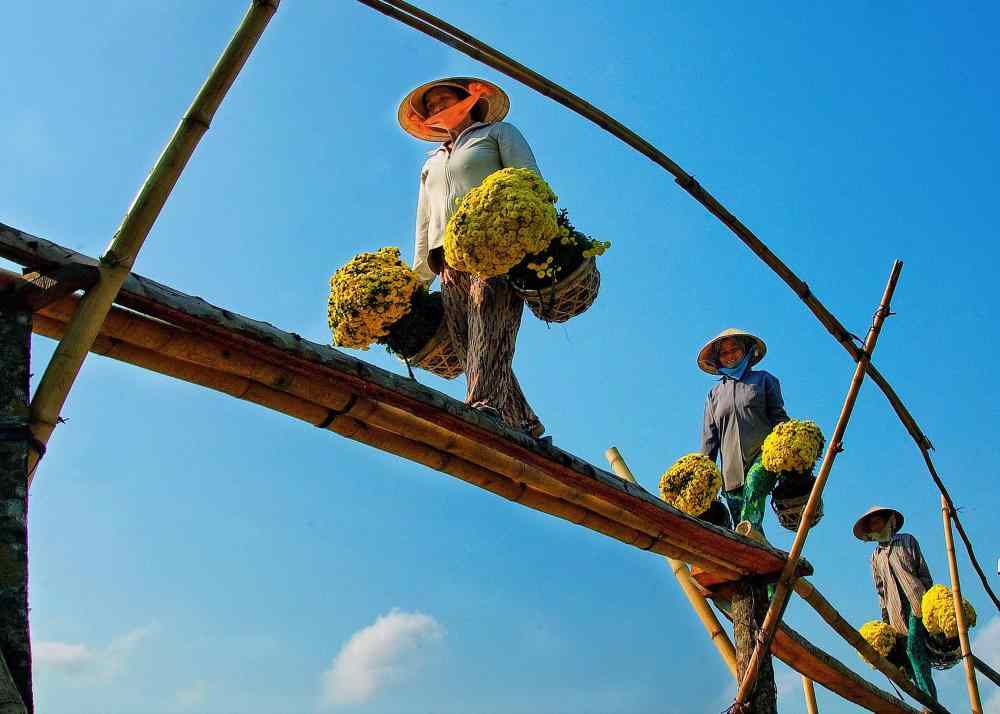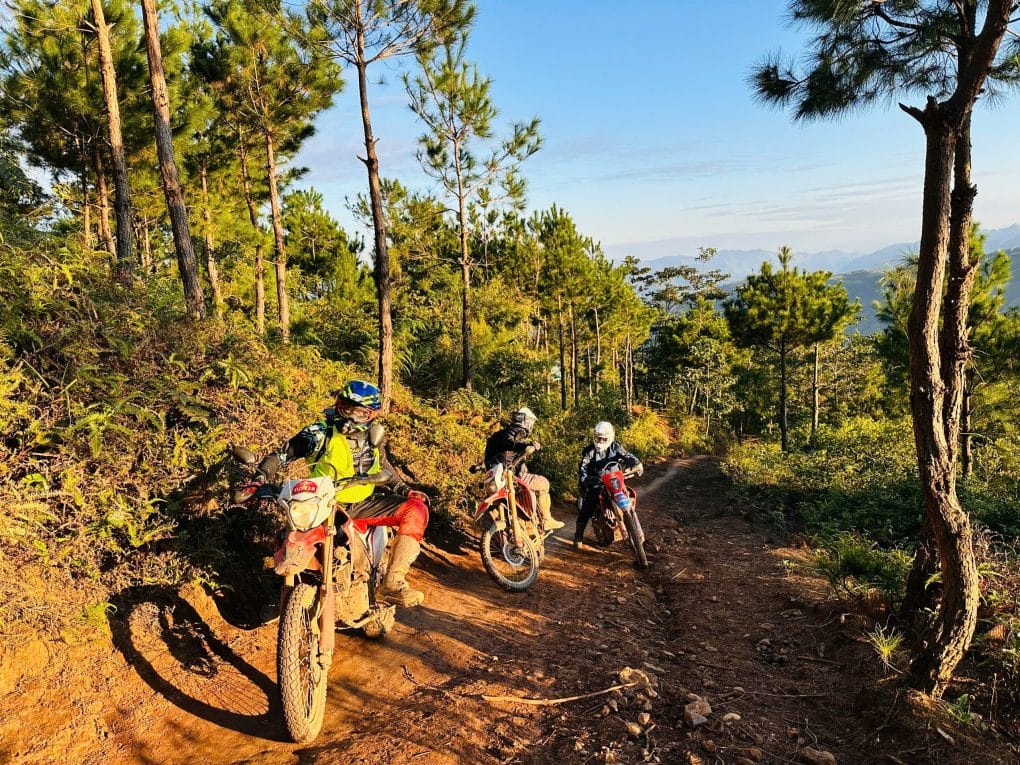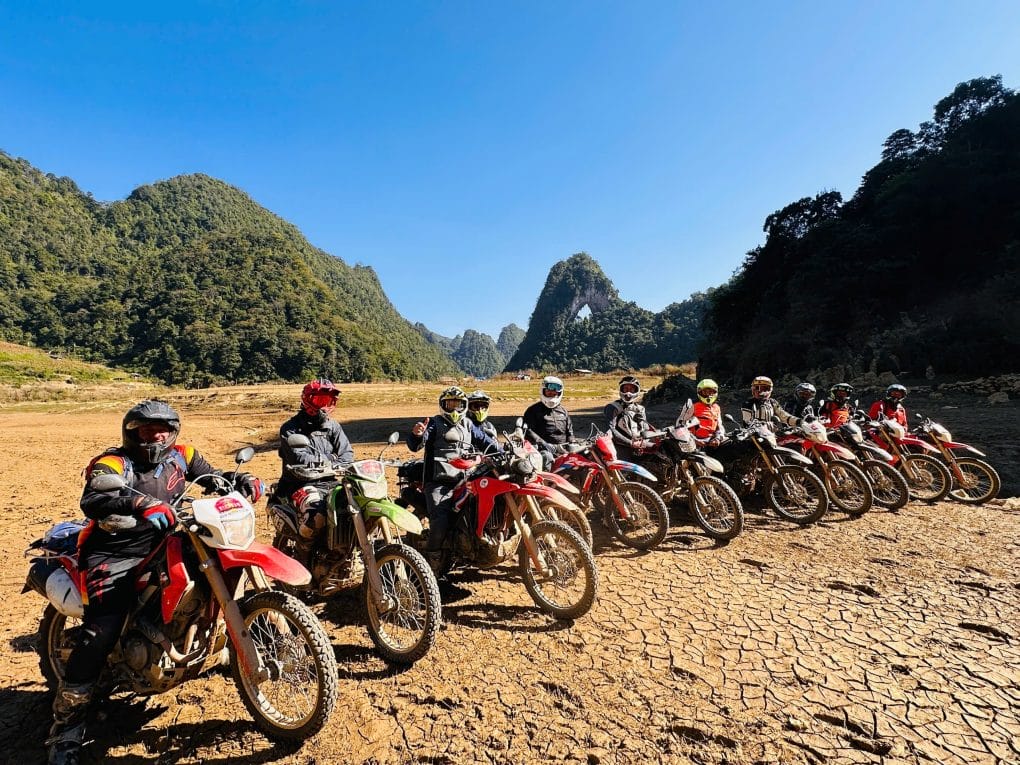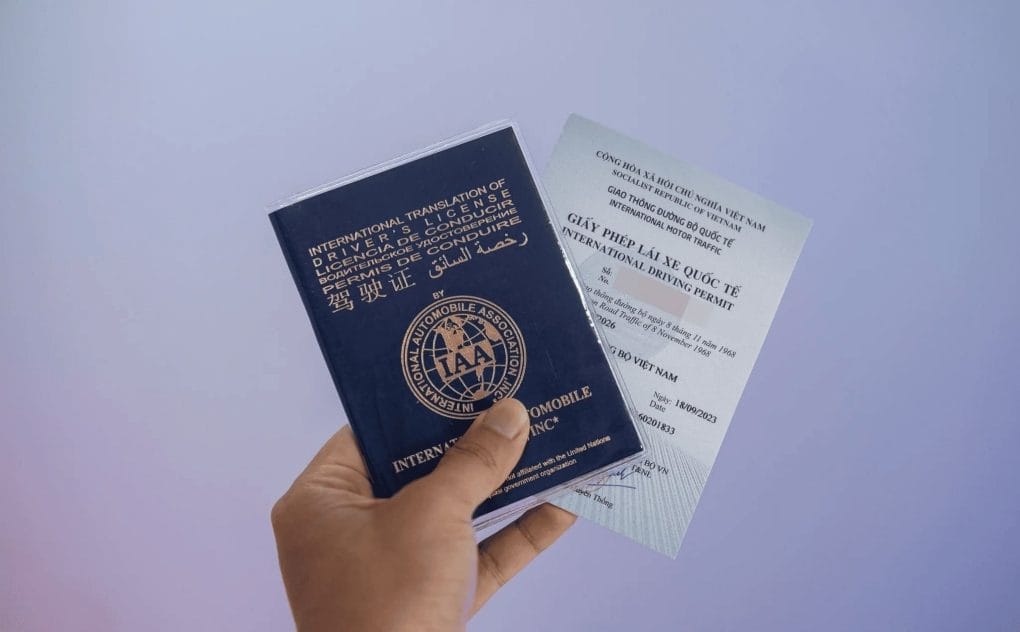The construction of Hue Citadel was commenced in 1801 by Emperor Gia Long. This followed a period during which the Nguyen Lords moved the capital around the surrounding area. Since the initial construction, the citadel has been altered and improved upon by a number of Emperors including Emperor Minh Mang, whose tomb is not far from modern day Hue city. Unfortunately, Vietnam’s history of war has boded ill for the citadel, and much of the interior, particularly the Forbidden Purple City, has been destroyed. It was during the conflict with the Americans that some terribly bloody and vicious fighting took place, which flattened a lot of the inner city. However, some parts do still remain and will give you an idea of what a magnificent imperial capital Hue must have been. The Citadel is a square enclosure with a circumference of 10,000 m, a height of 6.6 m and a thickness of about 21 cm. The center of the wall is packed with dirt while the outer shell is built with bricks. There are ten gates to access the Citadel each with a two story watch tower. The gates are named according to their direction of exit. The southeastern gate is also known as Thuong Tu gate, The Eastern gate is also called Cua Dong Ba etc…The Citadel was built to accommodate 24 bastions with over 400 canons.
Imperial City
The Imperial City was constructed in 1804 and is square in shape, with a perimeter of nearly 2.5 km. It has four entrances: the Noon Gate that is opposite the flag tower, the Gate of Humanity on the left side, the Gate of Virtue on the right hand side, and the Gate of Peace at the rear. The city is surrounded by the Golden Waters pond that flows into the lakes at the northern corner of the city. Each gate has a bridge spanning the Golden Waters, whilst the Noon Gate has three bridges. In imperial times, the centre bridge was for the use of the Emperor alone, whilst the other two bridges were for the use of his entourage. Once you enter via the Noon Gate, separating you from the Great Rites Court is the Thai Dich Lakes (Great Liquid Lakes). These were dug in 1883 and are spanned by a central bridge, the Trung Dao (Central path) Bridge. The bridge has two ornately designed gateway, carved with dragons slithering up and down them. The Great Rites Court (also known as the Esplanade of Great Salutation) consists of two paved terraces. The upper was reserved for high ranking civil and military mandarins, whilst the lower was for village officials and elders. The stellae on each side of the court indicate where each official’s designated place was. At the two corners of the court stand two bronze Kylins, which are believed to bring peace. Beyond the Great Rites Court there is the Throne Palace. This was used on meetings. During these meetings, the Emperor would sit on his throne whilst only four top ranking officials were allowed in the palace. The remainder of officials had to stand outside according to rank. The palace was seriously damaged during the Tet Offensive.Behind the Throne palace is where the Great Golden Gate once stood, marking the entrance to the Forbidden Purple City.The imperial City was not destroyed to the extent of the Forbidden Purple City and there are number of temples still standing, although some are locked up due to their instability. These include Trieu Temple, Thai Temple (a reconstruction), the Residence of Everlasting Longevity, Phung Tien Temple, Mieu Temple, and the Hung Temple.
Forbidden City
Located inside the Imperial City, behind the Throne Palace, the Forbidden Purple Citadel is reserved for Emperor and his family. Constructed early under reign of Emperor Gia Long in 1804 with brick walls of 3.72m high, 0.72m thick, about 1,230m in circumference. Its front and back sides are 324m each while either left and right side is more than 290m including 50 architectural constructions of different sizes and 7 gates for facilities of entrance and exit. Dai Cung Mon (the Great Palace Gate) is in the front side for the Kings. Can Chanh Palace (the place for daily working of Emperors). Can Thanh (Emperor’s Private Palace), Khon Thai Residence (Queen’s Private Apartment) reserved for the Queen. Duyet Thi Duong house (Royal Theatre), Thuong Thien (the kitchen for the Kings’ food.
Unfortunately most of the Forbidden Purple City was completely destroyed during the Tet Offensive. Most of what remains is no more than the foundations of what must have once been grand buildings. There are a number of smaller buildings that were spared complete destruction, and there are some attempts at restoration going on.







